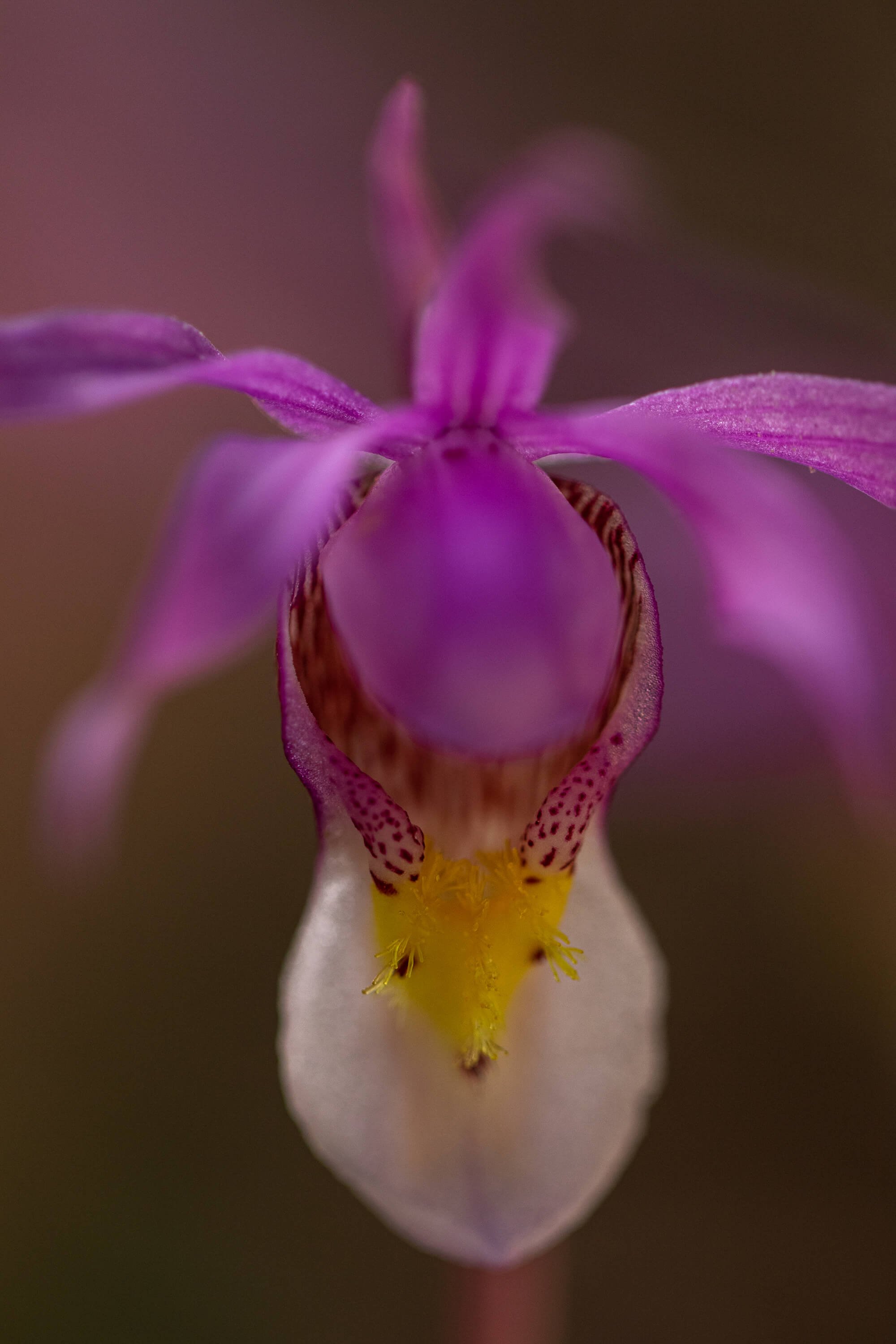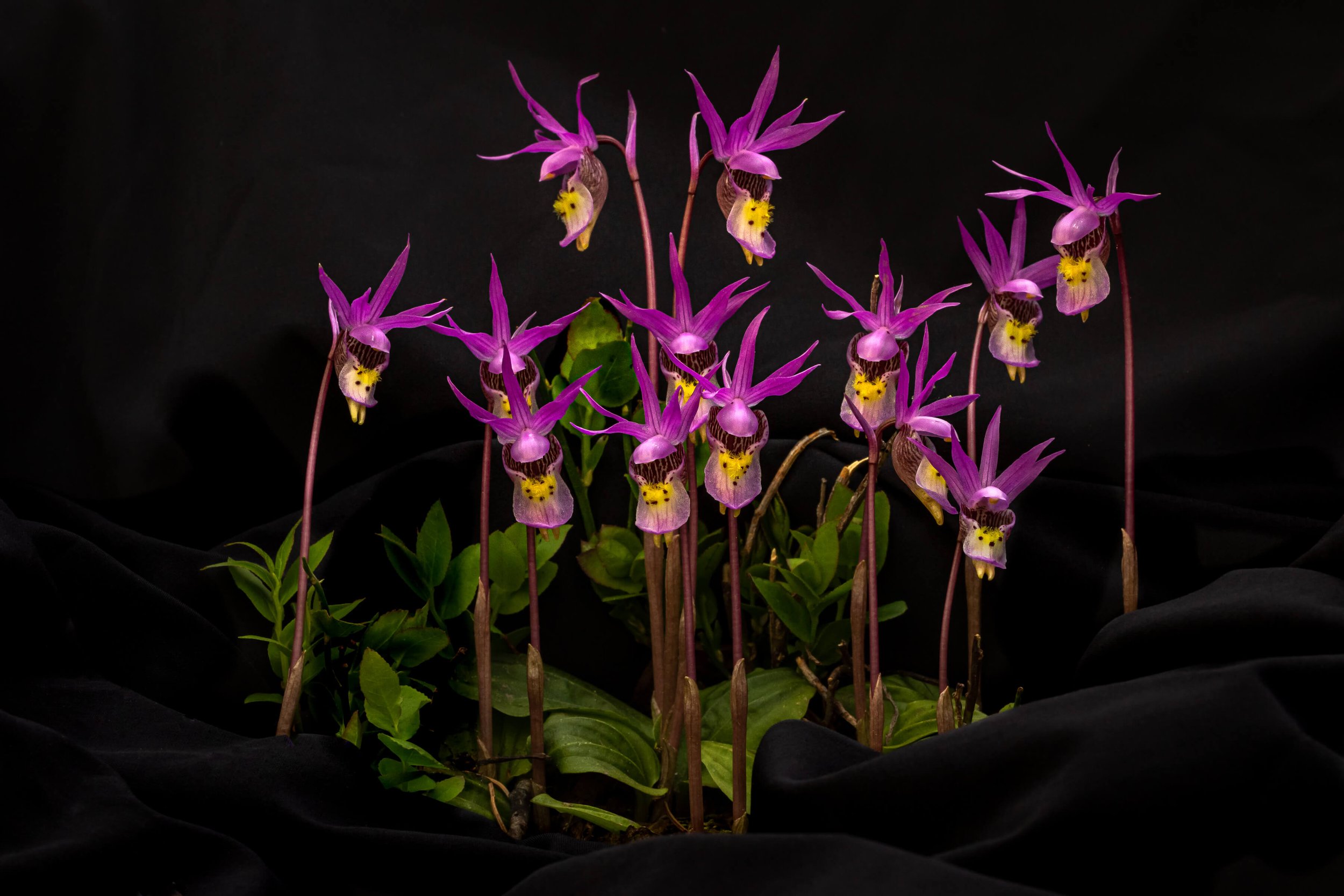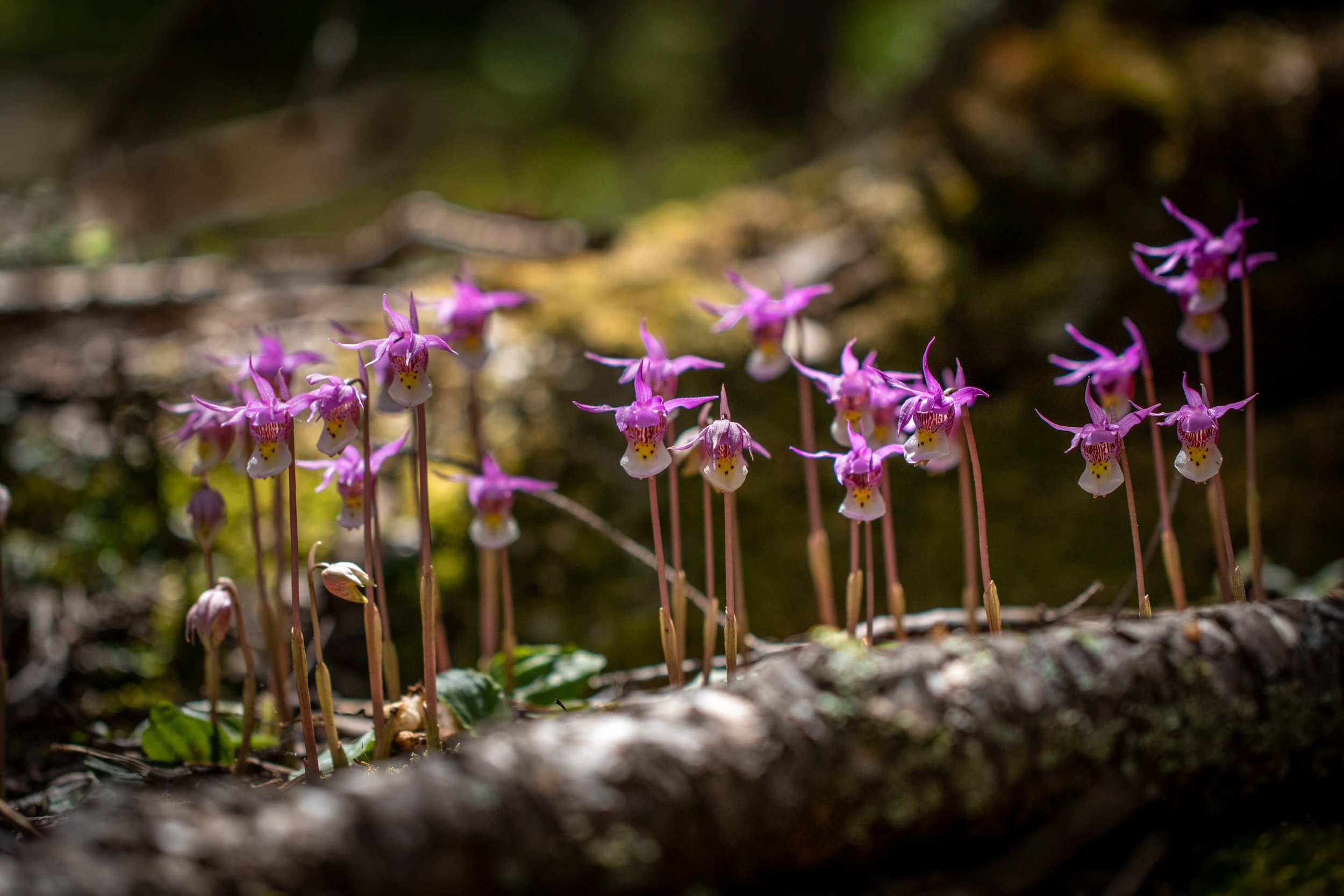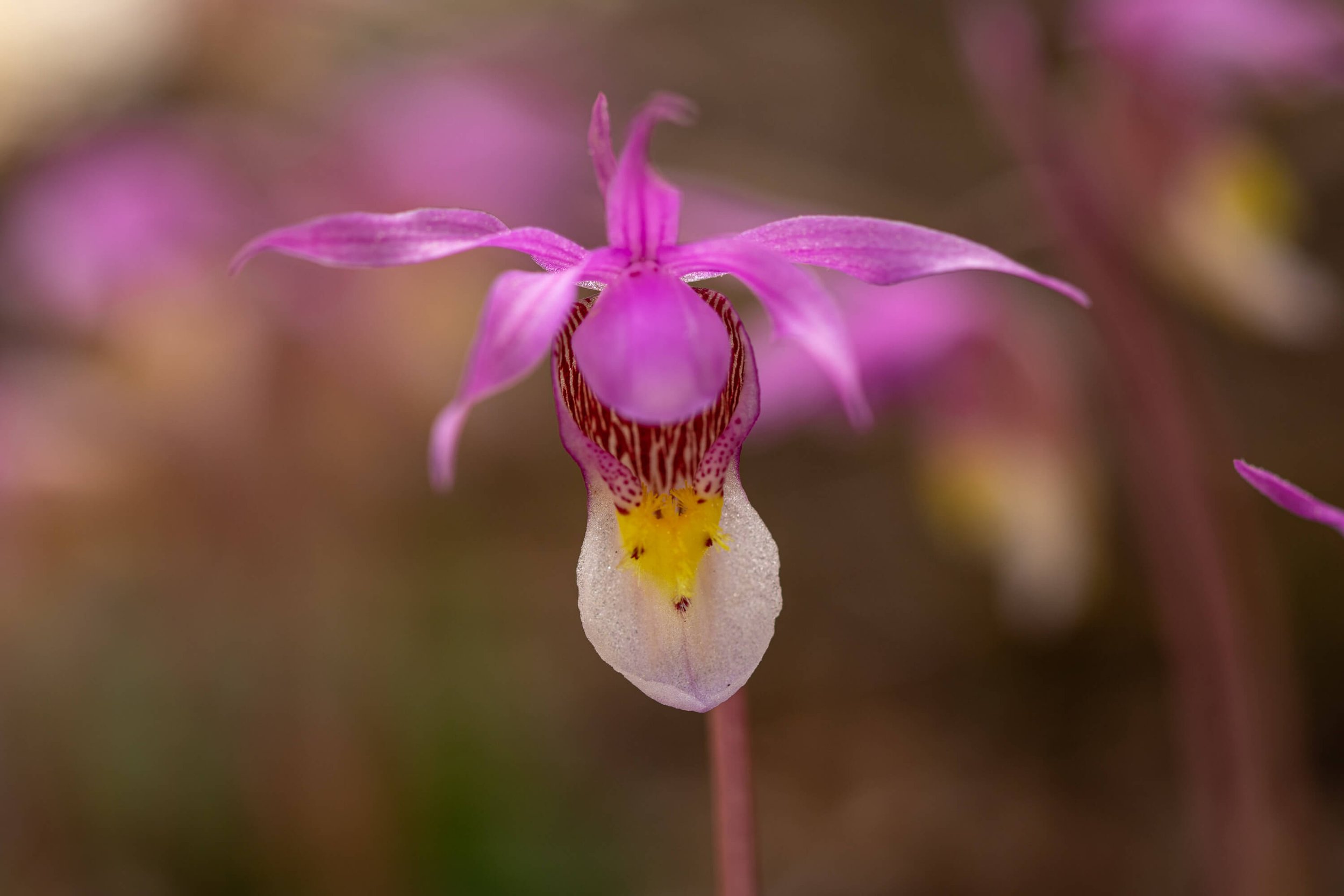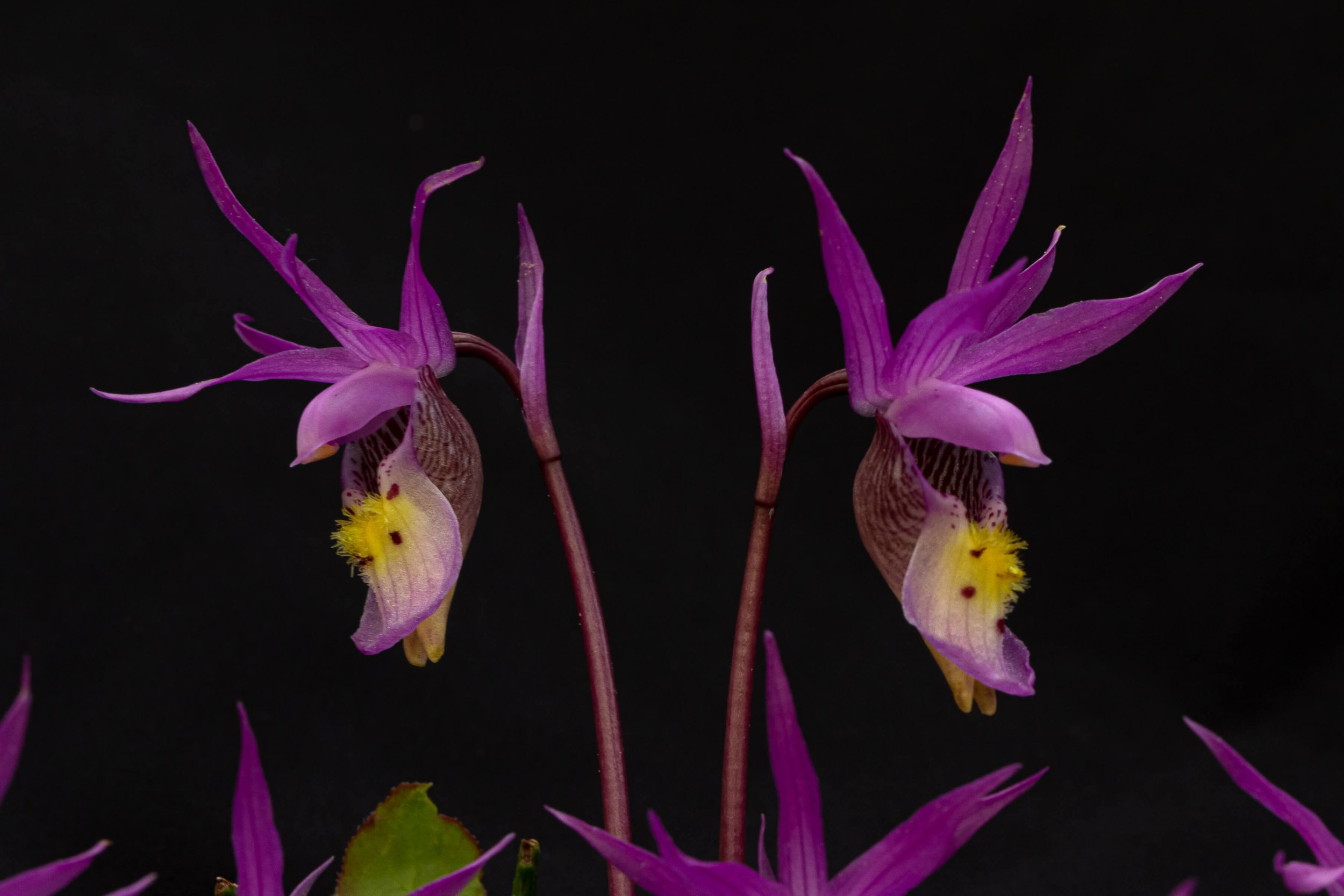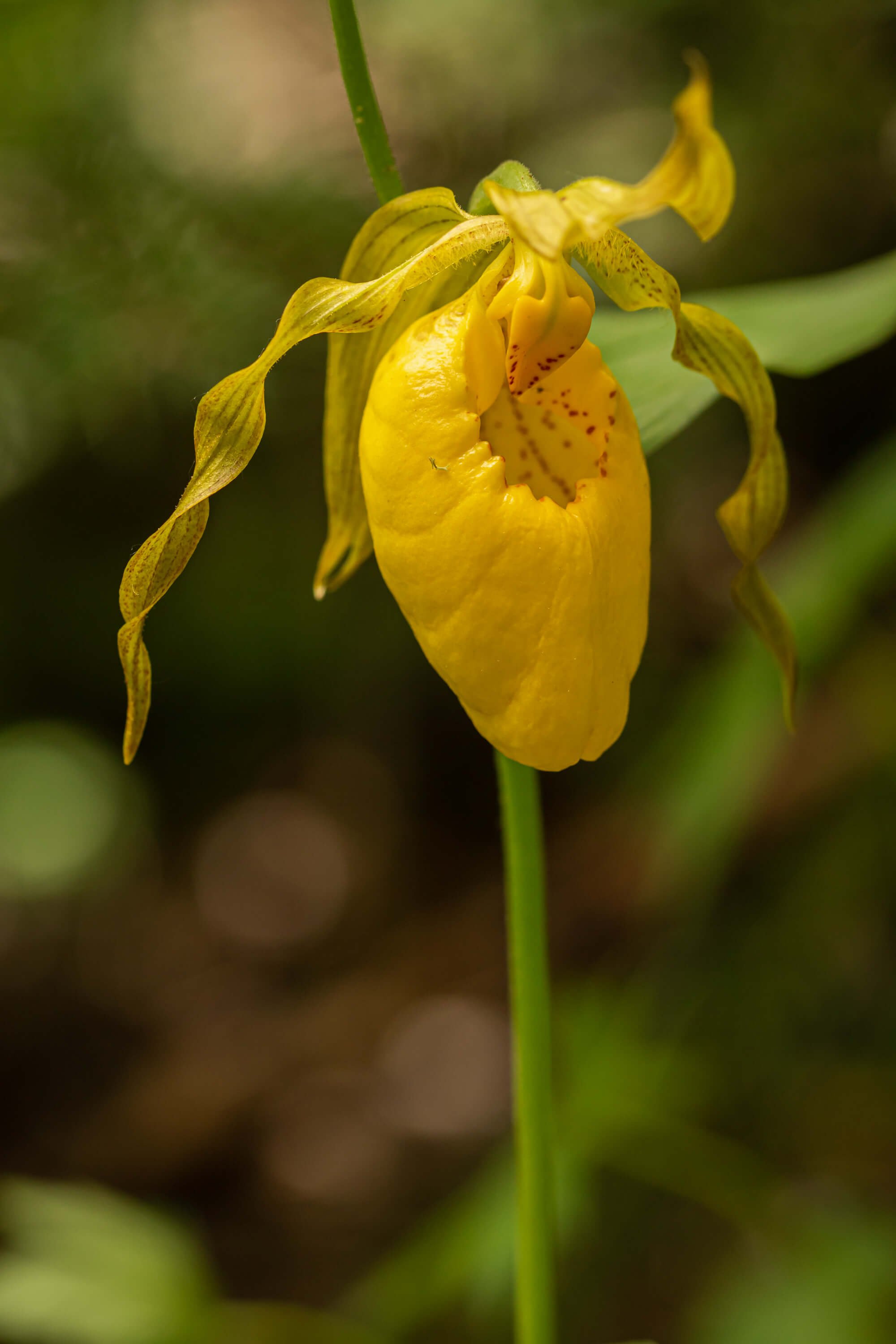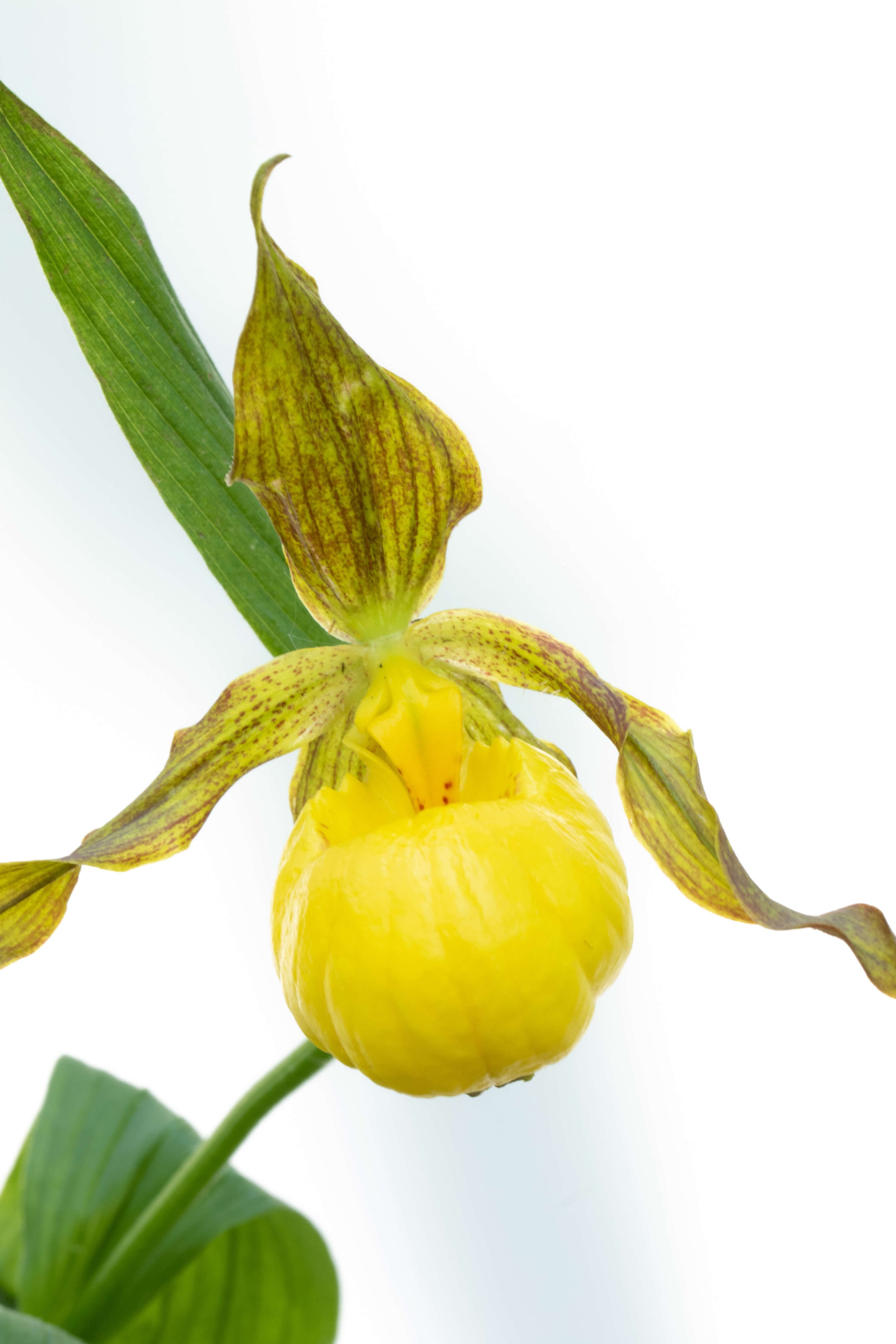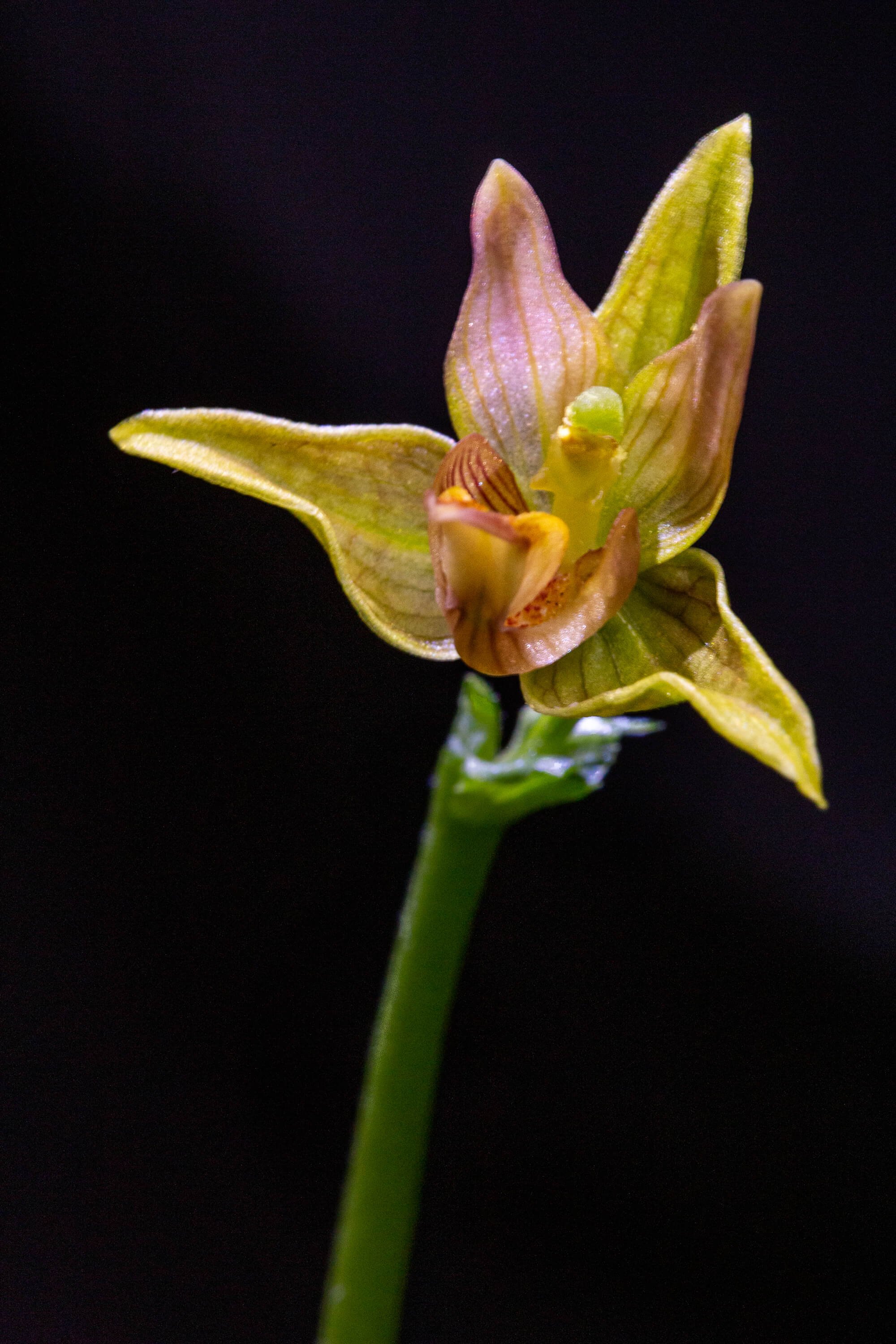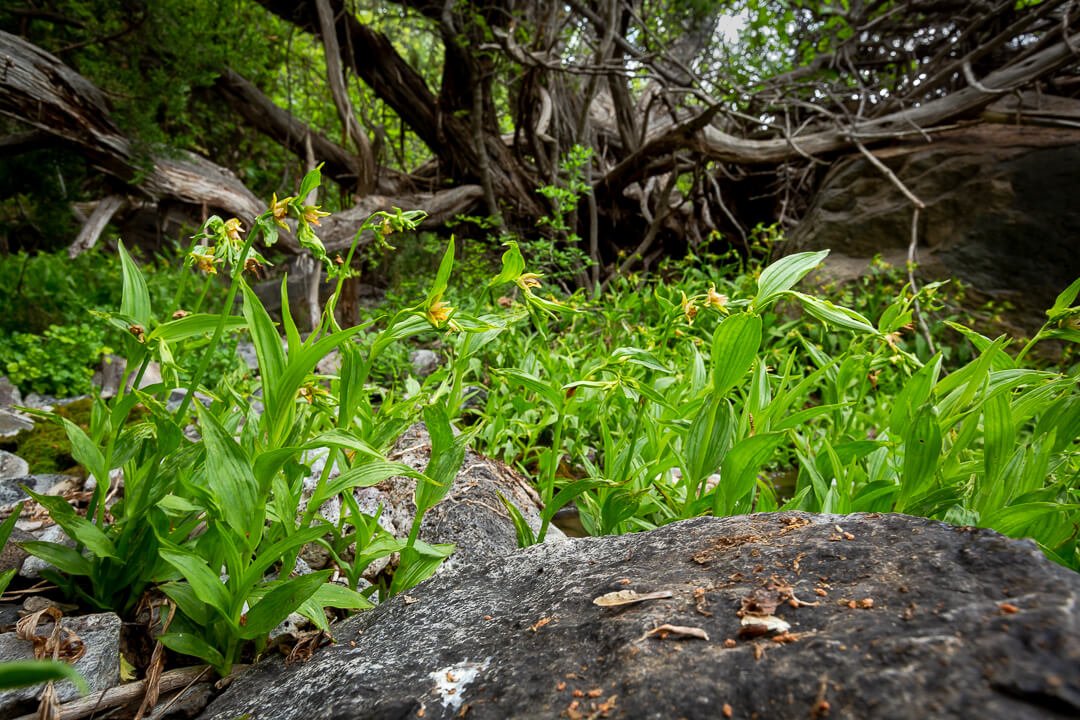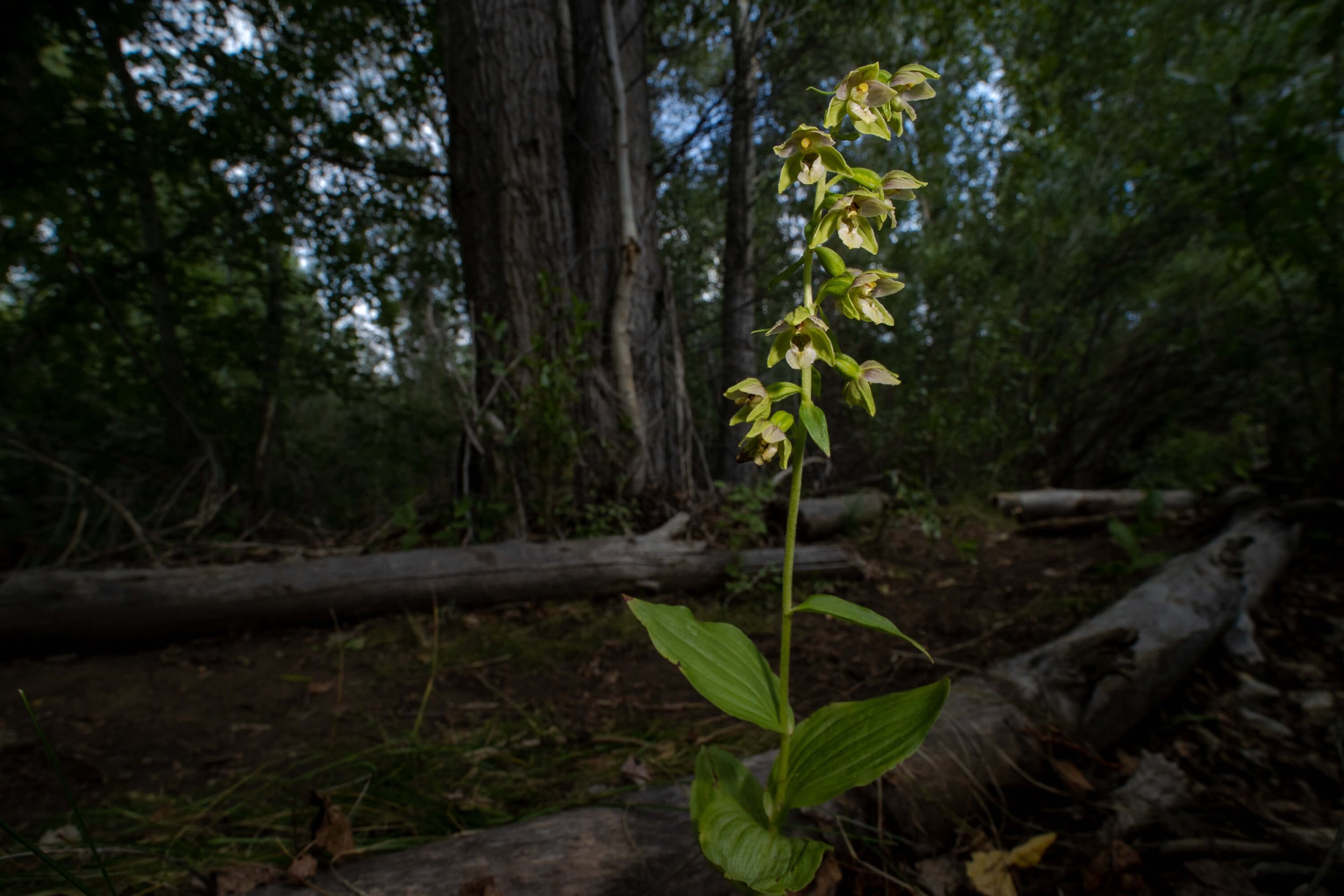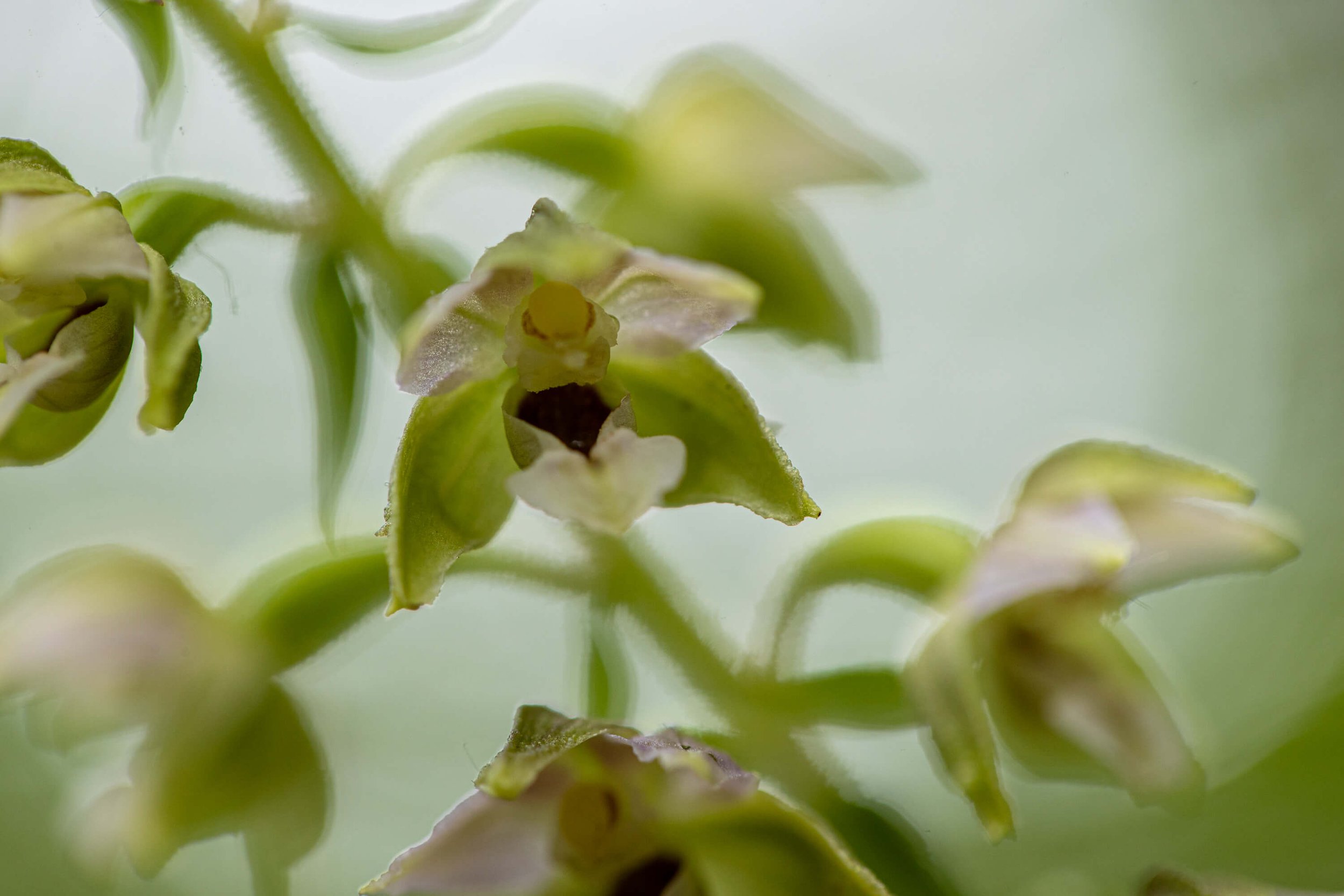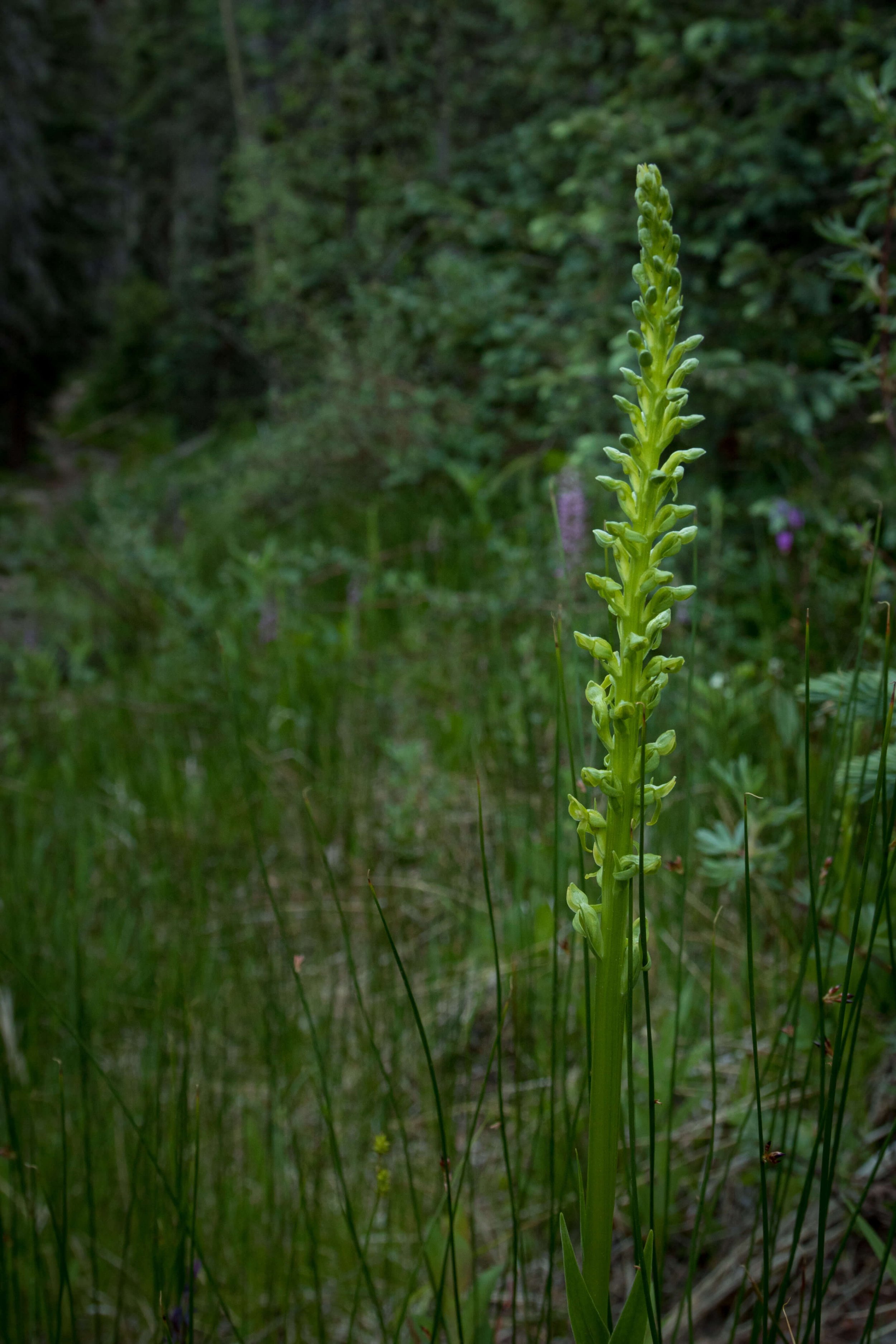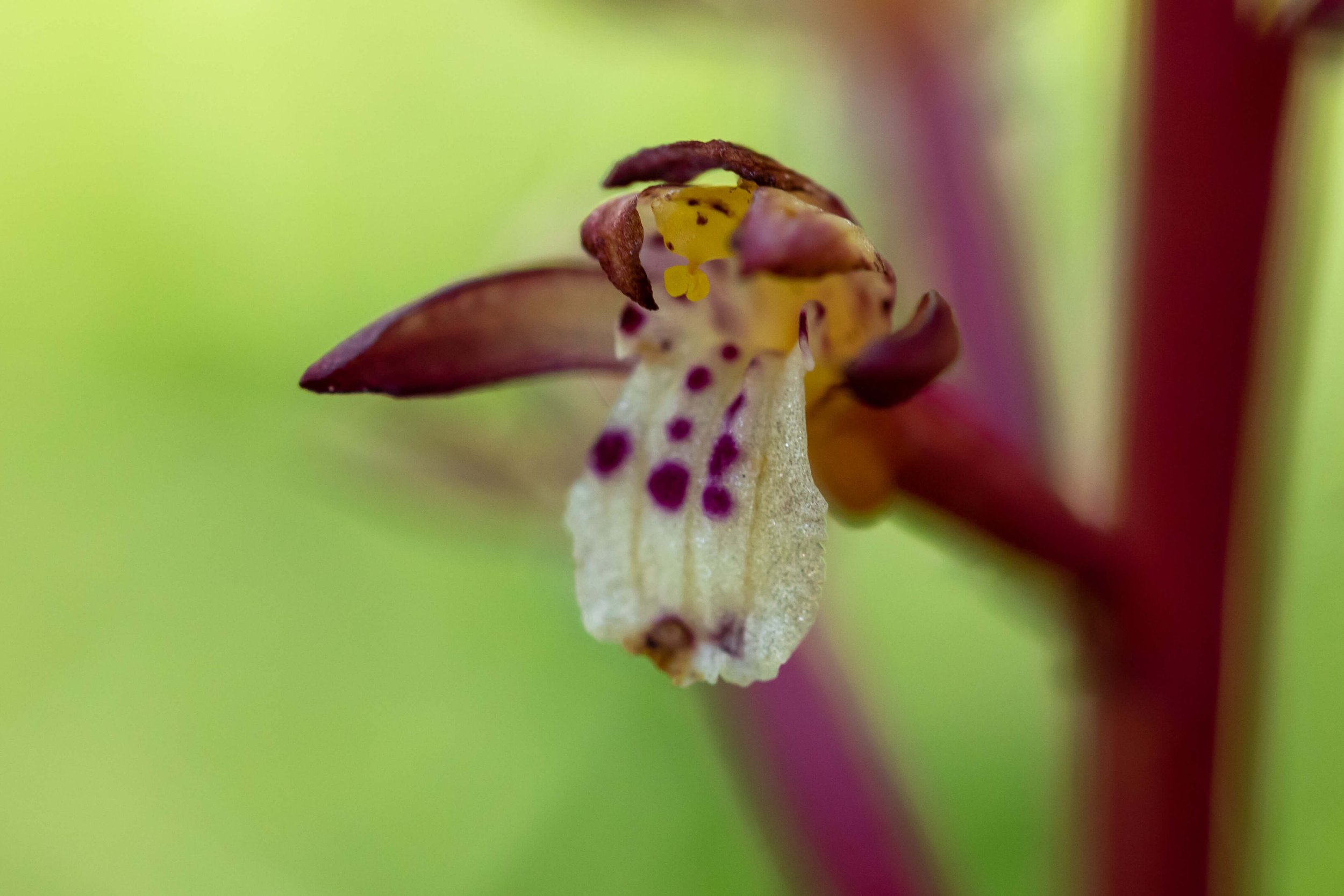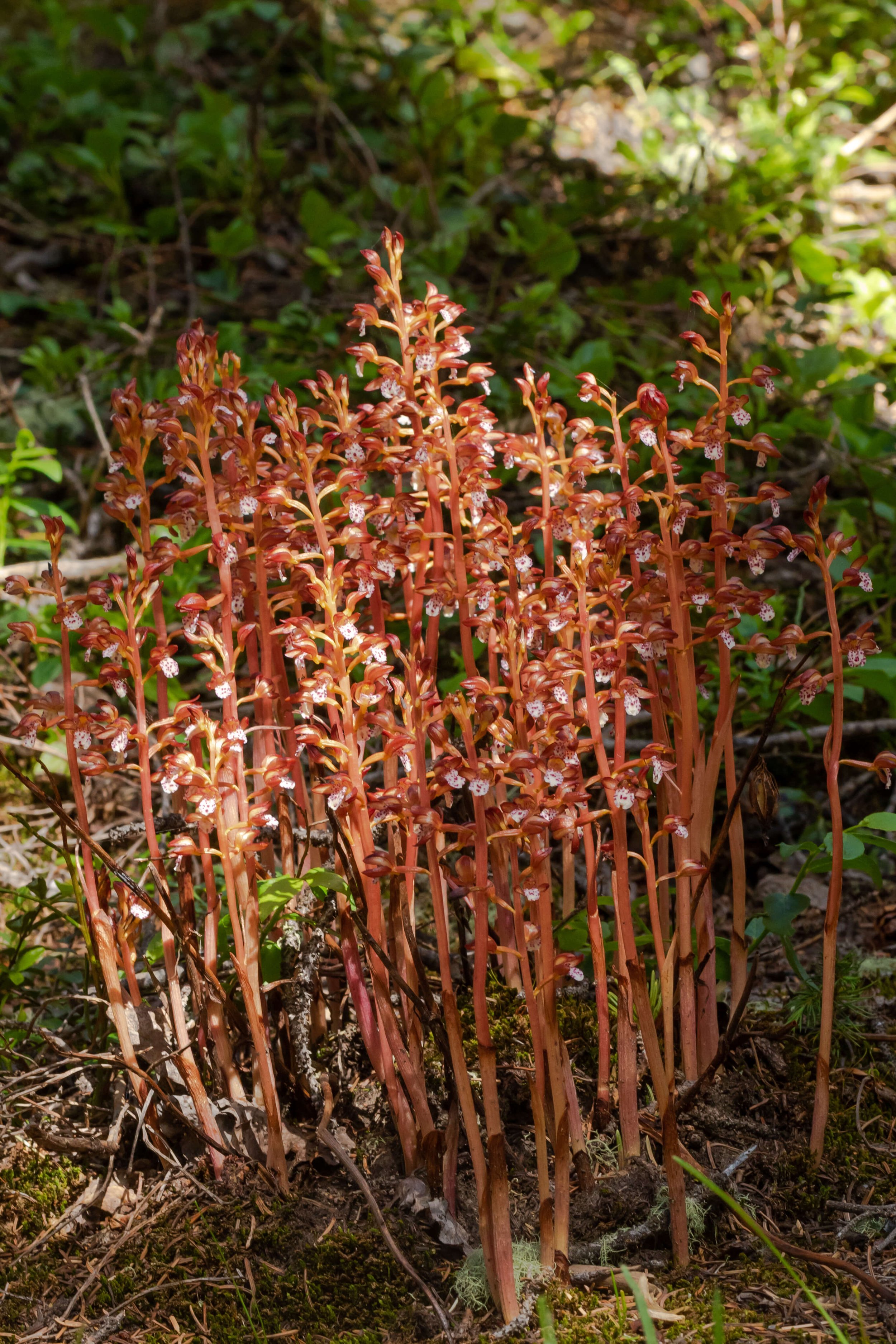Wild Orchids in New Mexico? They’re not just a tropical thing.
My wildflower hiking buddies are always surprised to learn that orchids grow in New Mexico. Often thought of as tropical species, beautiful orchid species have also adapted to temperate climates.
Orchidelirium also called orchidomania or orchid fever, is the name given to the Victorian Era of flower madness when collecting and discovering orchids reached extraordinarily high levels. Wealthy orchid fanatics of the 19th century sent explorers and collectors to almost every part of the world in search of new varieties of orchids. Orchidelirium is seen as similar to Dutch tulip mania. You can thank the Victorians for all those orchids you see on grocery store shelves today.
In modern times, there still exists some levels of orchid madness, that has some times resulted in theft of exceptional orchids among collectors such as the Ghost Orchids. You can read all about the dark world of wild orchid collection in Susan Orlean’s fabulous account in her book The Orchid Thief.
Orchidelirium in the Land of Enchantment
(Orchids in New Mexico)
Because this orchid-maina is still ongoing today, I never reveal the location of orchids online, only to trusted friends and fellow plant conservation warriors, in person. However, in my experience most people walk right by these tiny treasurers on the trail without knowing what they are missing. I share photos and natural history information of our incredible species so people can keep a look out for them IRL, in their natural habitat, and hopefully fall in love and protect them. Treat them well and they will gift us with delight for years to come.
It’s become my annual tradition to go searching for Calypso Orchids, aka Fairy Slippers. On the solstice this year, I organized a hike with a few friends to accompany me on this special mission to greet these 6-inch beauties during their fleeting return. They are my favorite local variety as they are tiny, decorative masterpieces. Orchids are perennial, so once you find them, you are likely to encounter your flower friends in the same area year after year.
Please note that native orchids do not transplant well. Native orchids are completely dependent on mycorrhizal associations. Each orchid species has ITS OWN SPECIFIC FUNGUS that it depends upon for water and nutrients. If that specific fungus is not in the soil, then that orchid species will not occur in that location. Conversely, gardeners won’t be able to transplant native orchids into their gardens because the garden soil won’t contain the necessary fungus. Transplanting native orchids from the wild is a “death sentence.” Because the mycorrhizal fungi grow only in certain places, native orchid populations are often very small and found in widely scattered locations.
Forget any inclination you had of digging them up and taking them home in a pot. Take a photo, admire them in person, tread carefully around them as they are fragile, leave them to flower another year. In fact, because most of our native orchids are so rare and listed as state endangered or threatened, it is illegal to dig them up, collect the plant or the seeds.
Orchids in grocery stores are inexpensive and always in need of a good caretaker. With a bit of research, you can learn to take care of them so they rebloom and live for many years as a companion in your home. Let the wild ones be wild.
Our solstice hike was successful with several dozen growing in clusters along one of my favorite trails in the Sangre de Cristo Mountains.
Fairy Slipper Orchid aka Calypso Orchid (Calypso bulbosa var. americana)
Approximately 14 species of orchid are native to New Mexico. Below are orchids I have been able to photograph thus far on my wildflower searches.
Yellow Lady Slipper (Cypripedium parviflorum var. pubescens)
Stream Orchid aka Giant Helleborine (Epipactis gigantea)
Broad-leaved Helleborine (Epipactis helleborine)
Bog Orchids (Platanthera sp)
Several species of bog orchids are found in New Mexico, they are very difficult to tell apart, and include:
Canyon Bog Orchid (Platanthera sparsiflora)
Purple Bog Orchid (Platanthera purpurascens)
Green Bog Orchid (Platanthera huronensis) - likely the one pictured below but I’m not certain on the ID
Hooded Ladies’ Tresses (Spiranthes romanzoffiana)
Ladies’ tresses are so named because of the resemblance of the spiral of flowers to a lock of braided hair.
Coralroot Orchids
Lacking chlorophyll, Coralroots are unable to manufacture their own food. They are parasitic on thread-like wood-decaying fungi that develop on organic material on the forest floor. Coralroot rhizomes embedded in the decaying wood, particularly conifer wood, extract nutrients from wood through the fungi. - from Plants of the Jemez Mountains Vol. 2
Spotted Coralroot Orchid (Corallorhiza maculata)
Spring Coralroot (Corallorhiza wisteriana), also found in New Mexico, is very similar looking to stripped and can easily be mistaken for spotted coralroot
Stripped Coralroot Orchid (Corallorhiza striata)
Adder’s Mouth Orchid (Malaxis soulei)
Other New Mexico orchids I don’t (yet) have photos of:
Dwarf Rattlesnake Plantain Orchid (Goodyera repens)
Giant Rattlesnake Plantain Orchid (Goodyera oblongifolia)
Heart-leaved twayblade orchid (Listera cordata)
There are three crested-coralroot species in the genus Hexalectris that are on the New Mexico Rare Plant List. All found in very southern New Mexico.
The green medusa orchid (Microthelys rubrocallosa) was only first discovered in New Mexico in 2004. Since then several other populations of the green medusa orchid have been found – all in the Sacramento Mountains.
Slender spire orchid (Piperia unalascensis). The slender spire orchid is not on the New Mexico Rare Plant List because its range of distribution extends all the way to Alaska. It has only been found twice in New Mexico – both times in the Zuni Mountains of west central New Mexico. The most recent find was a single plant found this past summer. The plant is so obscure that it looks like a stick with bumps on it.
The small, but beautiful, purple flowered purple malaxis (Malaxis porphyrea).


